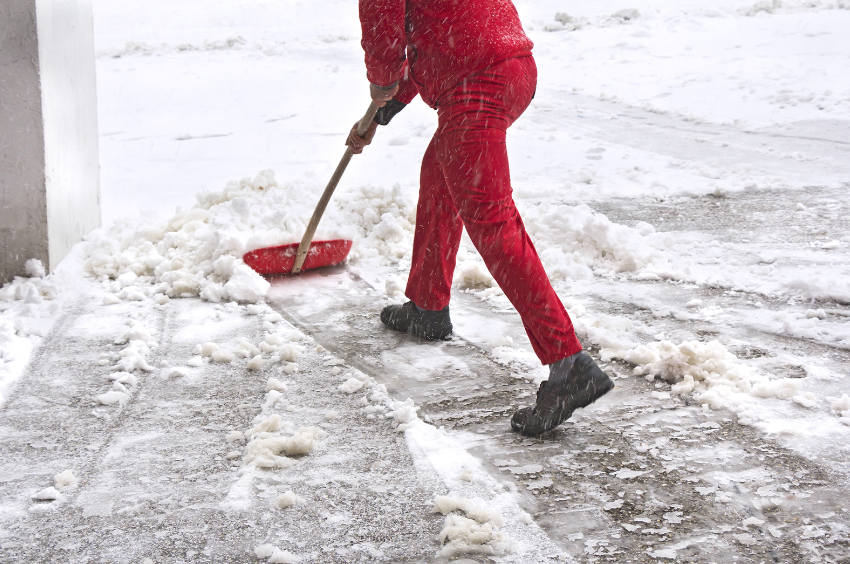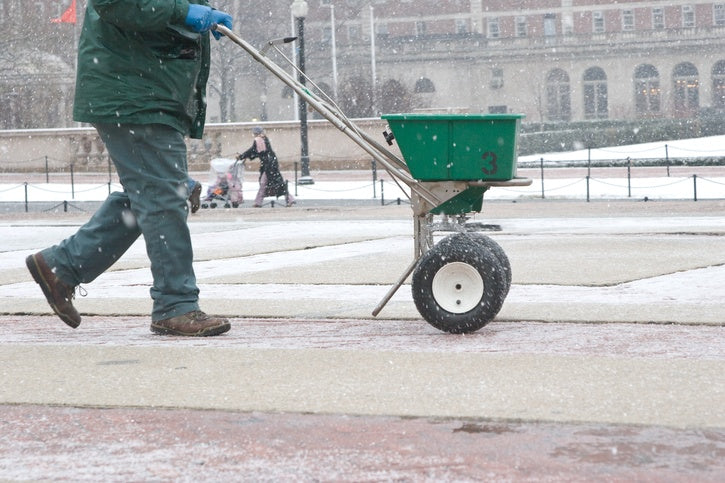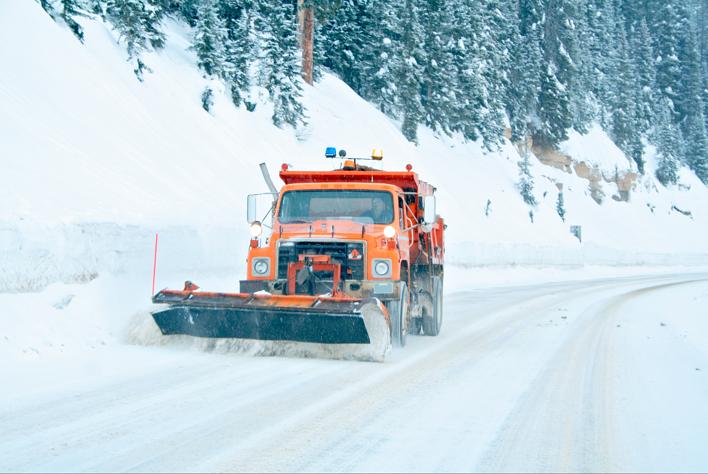
Even if the snow hasn't started falling where you are, it still pays to be prepared!
Here are 25 things to keep in mind when planning your facility's winter maintenance checklist:
1. Keep walkways, doorways, stairways and high-traffic areas free of clutter and debris.
2. Keep sidewalks, walkways and rooftops free of ice and snow. Snow melting mats are an efficient and convenient way to prevent snow and ice accumulation around a facility and help reduce slip-and-fall accidents. Look for products that are portable and designed to be left outside for the entire winter season.
3. Fill holes and depressions around the building that may accumulate excess ice, snow, and water. Inspect all concrete, stone or brickwork and if needed, try to repair them before the snowy season begins.
4. Inspect gutters and downspouts for leakage, as this can cause dangerous ice patches to form.
5. Ensure the facility has proper lighting both inside and outside.
6. Regularly replace burnt-out light bulbs and be sure to use the appropriate wattage.
7. Install light switches at the top and bottom of buildings' stairs.
8. Make sure stair height and tread widths meet building codes, and that each step is identical in size.
9. Use non-skid pads to secure area rugs and throw rugs.
10. Make sure you have adequate insurance coverage in case there is an accident on the organization's property.
11. Know your assets – hardscape and softscape items as well as how many miles of sidewalk you have and how many steps and entrances so you can look at the whole general pattern.
12. Guard your technology and data. Winter weather can result in costly power outages due to ice and wind. It's critical to back-up all company and client data daily, either on-site or through a hosted, off-site cloud service.
13. Avoid electrical shutdowns. Determine if your office requires individual surge protectors or a large building surge protector with battery back-up. For data centers, it is recommended to use an uninterruptible power supply (UPS).
14. Review your telecommuting protocol in case employees need to work from home either during or after a winter storm.
15. Replace belts and filters in order to purify air streams and optimize fan performance.
16. Analyze the performance of all boilers to ensure that they will operate efficiently during the winter.
17. Start up heating systems and program set points to maximize operational attributes.
18. Perform an oil analysis on all compressors. Lubrication is vital to properly shutting down compressors.
19. Standardize equipment where possible to eliminate the need of dealing with several vendors when repairs are needed.
20. Repair and prepare - inspect in detail and repair the problems found and make sure the budget has the required money to replace or fix any problems.
21. Provide heated enclosures around operating equipment where possible.
22. Make sure your employees have the right equipment and tools to do their jobs effectively and safely during the winter months: boots, gloves, hats, jackets, etc.
23. Make sure you have an emergency generator on-hand.
24. Evaluate winter maintenance costs.
25. Review your snow removal program and adjust as needed.
|
Editor's note: |


